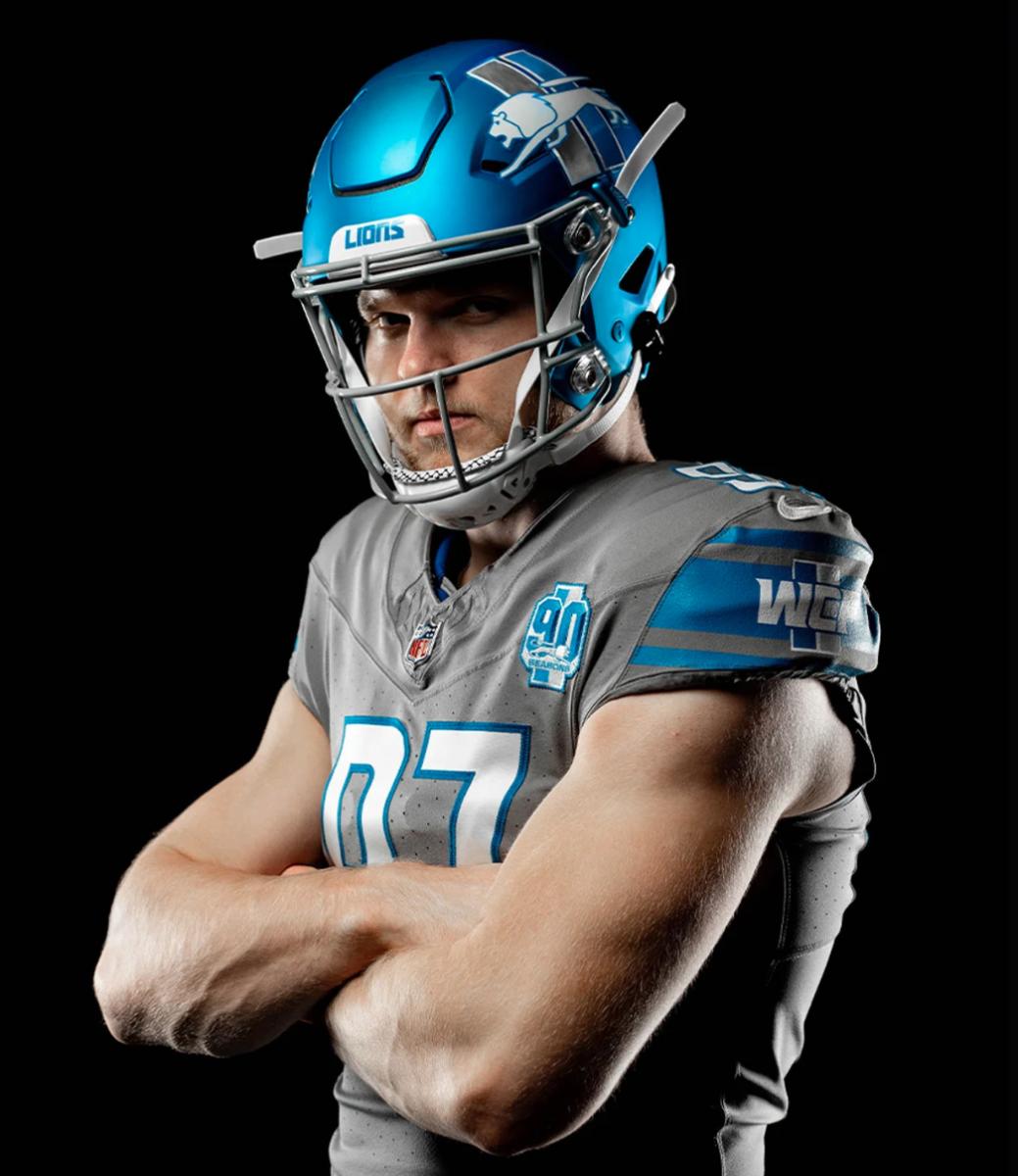Are you interested in canoeing but worried about the handicap it might bring? Don't worry, we've got you covered! In this article, we will explore the world of canoe handicap and provide you with all the information you need to enjoy this sport without any limitations.
Canoe handicap can be a challenge for many individuals, especially those with physical disabilities. The thought of navigating through water and controlling a canoe may seem daunting, but with the right techniques and equipment, anyone can overcome these challenges and experience the joy of canoeing.
If you are someone with a physical disability, canoe handicap may simply refer to the obstacles and difficulties you face while participating in this activity. It could be anything from limited mobility, lack of strength, or even balance issues. However, it is important to remember that these challenges can be overcome with the right approach and adaptations.
In order to make canoeing accessible for individuals with disabilities, there are various adaptive equipment and techniques available. These can include specialized canoes with stability features, modifications to the seating and paddling positions, and assistive devices such as outriggers or stabilizers. By using these adaptations, individuals with disabilities can enjoy the thrill of canoeing while ensuring their safety and comfort.
Canoe Handicap: Explained
Canoe handicap refers to the challenges faced by individuals with disabilities while participating in canoeing. It involves overcoming physical limitations to navigate and control a canoe effectively. This can be achieved through the use of adaptive equipment and techniques that cater to the specific needs of each individual.
When it comes to canoe handicap, it is important to consider the unique requirements of each person. This can be done through a personalized assessment and consultation with a professional who specializes in adaptive sports. They can provide guidance on the most suitable adaptations and techniques based on the individual's abilities and limitations.
History and Myth of Canoe Handicap
Canoeing has a rich history that dates back thousands of years. It has been used by various cultures around the world for transportation, fishing, and even warfare. In some indigenous cultures, canoes are considered sacred and are an integral part of their traditions and mythology.
One such myth is the belief that canoeing can bring good luck and blessings. It is believed that by overcoming the challenges of canoeing, individuals can gain strength, resilience, and a deeper connection with nature. This myth highlights the transformative power of canoeing and its ability to empower individuals with disabilities.
The Hidden Secret of Canoe Handicap
The hidden secret of canoe handicap lies in the adaptability and resilience of individuals. Despite the challenges they may face, individuals with disabilities have shown incredible determination and resourcefulness in overcoming obstacles and participating in canoeing.
Through the use of adaptive equipment and techniques, individuals can modify their approach to canoeing and find innovative solutions to navigate through water. This not only allows them to enjoy the physical and mental benefits of canoeing but also challenges societal perceptions and stereotypes surrounding disabilities.
Recommendations for Canoe Handicap
If you or someone you know is interested in canoeing but worried about the handicap it may bring, here are a few recommendations to consider:
- Consult with a professional who specializes in adaptive sports to assess your needs and provide guidance on suitable adaptations.
- Research and invest in adaptive equipment such as specialized canoes or assistive devices.
- Join a local canoeing club or group that offers inclusive programs for individuals with disabilities.
- Practice regularly and gradually increase your skills and confidence in canoeing.
Understanding Canoe Handicap and Related Keywords
Canoe handicap is a term used to describe the challenges faced by individuals with disabilities while participating in canoeing. It involves adapting the sport to accommodate the specific needs of each individual, such as limited mobility or balance issues. By using adaptive equipment and techniques, individuals can overcome these challenges and enjoy the benefits of canoeing.
Tips for Canoe Handicap
If you're looking for tips on how to navigate canoe handicap, here are a few suggestions:
- Focus on building your strength and endurance through regular physical activity.
- Practice balancing exercises to improve stability in the canoe.
- Experiment with different paddling techniques to find what works best for you.
- Take breaks and listen to your body to prevent fatigue or strain.
Conclusion of Canoe Handicap
Canoe handicap should not be a barrier to enjoying this thrilling water sport. With the right adaptations, equipment, and techniques, individuals with disabilities can overcome their limitations and experience the joy of canoeing. So, don't let the handicap hold you back and embark on your canoeing adventure today!
